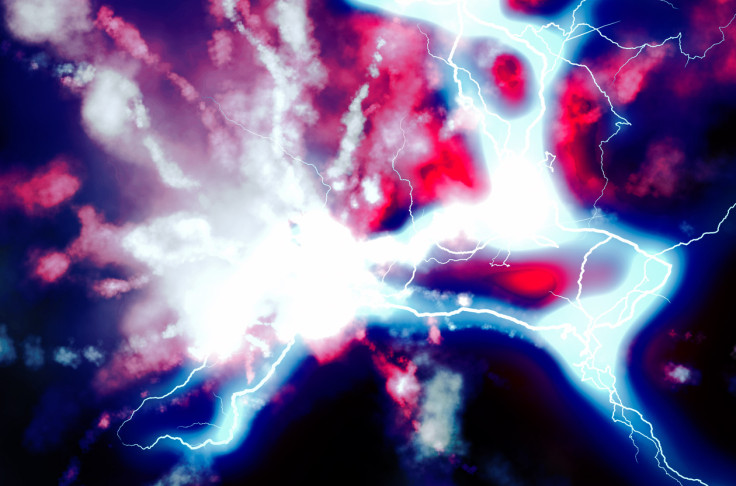Hunting sterile neutrinos: Finding elusive ghost particles is going to be harder than we thought
Experiment to find sterile neutrinos fails again, meaning they remain some of the most mysterious particles in the universe.
Another experiment to find sterile neutrinos has failed to detect them, with researchers saying their findings indicate discovering them will be even more challenging than previously thought.
The team believes new limits for the detection of sterile neutrinos will have to be established before the 'most mysterious particles in the universe' are found.
We know there are three "flavours" of neutrino. These are electron, muon and tau neutrinos. All three are subatomic particles with almost no mass and rarely interact with matter – for this reason, they are known as ghost particles.
Neutrinos can change from one type to another through a process called oscillation. Experiments have shown anomalies during this process.
For some reason, some neutrinos disappear. This has led scientists to propose there is a fourth flavour – the sterile neutrino. Unlike the others, this type of neutrino does not interact with matter at all.
So sterile neutrinos are hypothetical particles with no electric charge and masses so miniscule they are virtually impossible to observe.
Their discovery could help us better understand dark matter, but (so far) all experiments to find them have failed.

Scientists at the Centre for Underground Physics, part of the Institute for Basic Science in South Korea, have now conducted another experiment to find sterile neutrinos. Findings are published in the journal Physical Review Letters.
READ MORE:
Antarctica's IceCube detects trio of neutrinos coming from unknown source
A supercomputer just started the race to solve the universe's biggest mystery – dark matter
Neutrinos are produced by the sun, nuclear reactors and supernovae explosions. The team carried out experiments at the Hanbit Nuclear Power Plant in Yeonggwang – which produces an estimated 5.1020 neutrinos per second (as a by-product of the reaction to generate energy).
To avoid mistaking background atmospheric signals for neutrinos, they installed the detector underground – close to the core of the nuclear reactor. The detector was then protected with lead, to shield it from gamma rays.

While they were able to measure electron neutrinos with good precision, sterile neutrinos were not found. They said they will need to establish new limits to find sterile neutrinos – oscillations that where other neutrinos to turn into sterile neutrinos appear to be less frequent than we thought.
O H Yoomin, an author on the study, said: "These results do not mean that sterile neutrinos do not exist, but that they are more challenging to find than what was previously thought."
© Copyright IBTimes 2025. All rights reserved.






















